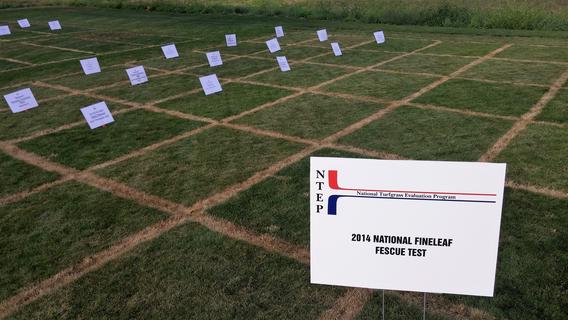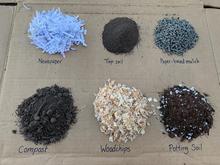Optimum seed date for fine fescue: Part 2
By Ross Braun and Aaron Patton, Purdue University
In the blog post last month (November 2021), Emily Braithwaite and Dr. Alec Kowalewski, Oregon State University summarized the findings and how a recent experiment was conducted to investigate optimal seeding dates for fine fescues across four U.S. locations. In summary, seeding a fine fescue mixture in August and September provided the best establishment with the lowest weed pressure across all four locations. However, the Mediterranean climate of Oregon allowed for more flexibility in fine fescue seeding timing with more success for all the months of May through September.
Optimum seed date for fine fescue
By Emily Braithwaite and Alec Kowalewski, Oregon State University
Part of the multi-state USDA-SCRI fine fescue initiative was to identify ways that people can incorporate these low-input grasses into existing landscapes. We know that the fine fescue species persist in shade, with low water requirements, and low fertility requirements, but overcoming the social barrier for adopting more sites with these grasses was a primary focus of this initiative.
Optimum mulching material for fine fescue establishment
By Emily Braithwaite and Alec Kowalewski, Oregon State University
It’s not uncommon for homeowners to begin using commercial “patch and repair” products on their lawns to seed bare or damaged areas from the previous seasons. These products contain about 85 to 90% inert matter (i.e. wood or paper based-mulch) to help retain moisture, and the other 10 to 15% is fertilizer and grass seed.
What factors influence consumer adoption of low-input turfgrasses?
By Chengyan Yue, Manlin Cui and Eric Watkins, University of Minnesota; and Aaron Patton, Purdue University
There are clear environmental and social benefits to increasing the use of low-input turfgrasses in home landscapes; however, to increase the market share and use of these grasses, it is crucial to understand the factors that influence consumers’ adoption decisions.
Fine fescue and the National Turfgrass Evaluation Program
By Alec Kowalewski and Emily Braithwaite, Oregon State University

The National Turfgrass Evaluation Program (NTEP) is a collaborative effort between turfgrass seed breeders and North American universities. Under the direction of Kevin Morris, NTEP uses the following steps when developing and maintaining trials.




